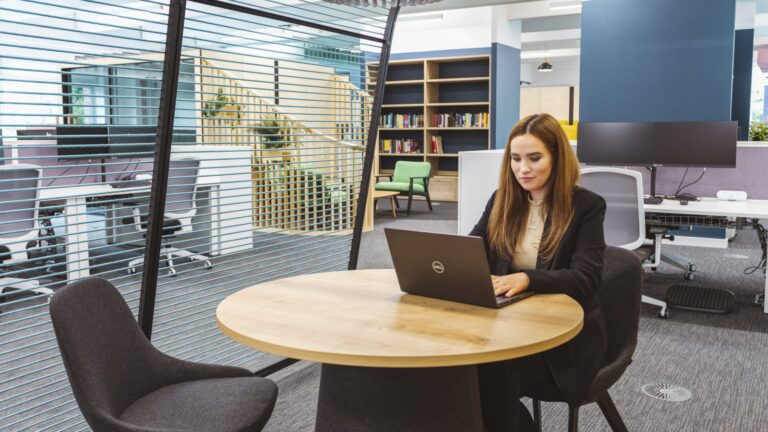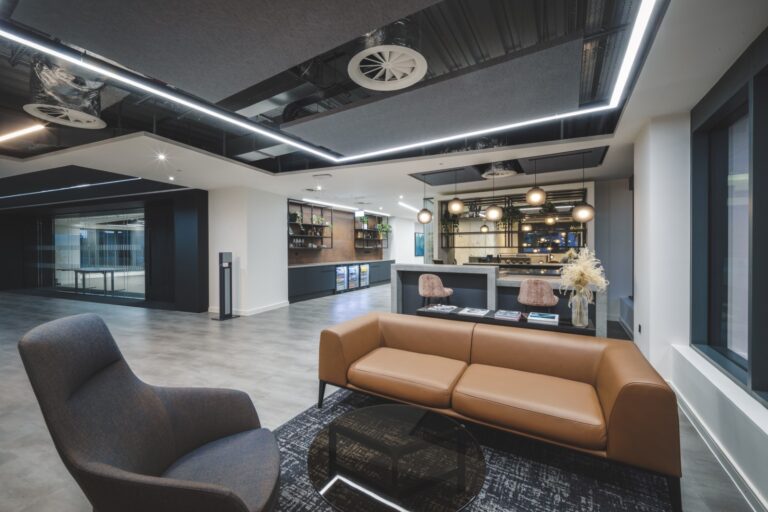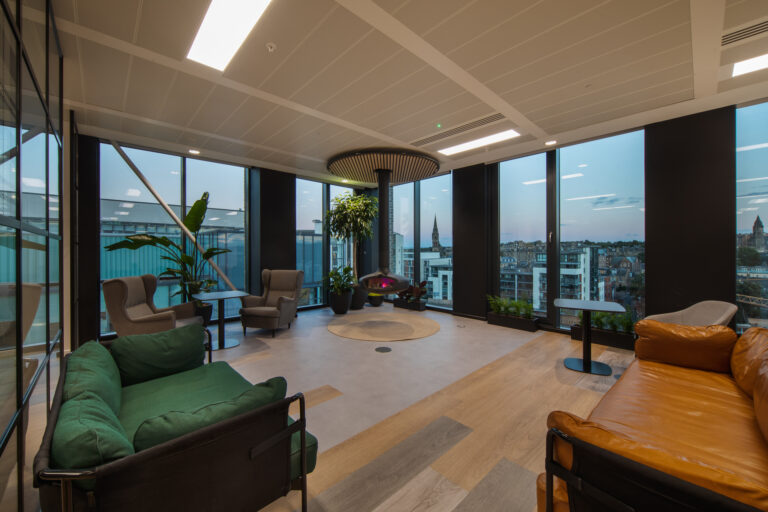
What are the latest Workplace Trends?
Date
4 November 2022
Read length
3 min
In October, our Head of Workplace Consultancy, Andrew Peers and I braved the unpredictability of the trains and made our way down to London for the renowned Workplace Trends conference. Whilst avid followers of Workplace Trends, with abundant curiosity to keep investigating more about the workplace experience, this was our first time attending the event in person. And it did not disappoint.
Here are a few key findings I personally took from the event and look forward to exploring further in our work at Claremont:
How do we deal with the mid-week hump in the office?
Ok, so this might raise a few eyebrows but it’s one of the biggest questions in the new hybrid landscape we’re cultivating. With so many organisations now implementing hybrid working practices, giving colleagues more autonomy over when, where and how we work, there’s a consistent trend around the days people prefer to work from the office: Tuesdays, Wednesdays and Thursdays – also known as the T.W.a.T Phenomenon.
So, what does this mean for the office? Is it sustainable for the office to be open for business on a Friday, and all that means for the carbon footprint and operational man-hours, when only a handful of people are likely to attend? Does closing the office on a Friday then infringe on the autonomy your people desire to work from the place that is most productive for them on a given day? To be honest, as with all good debates, we didn’t leave the conference with a definitive answer, probably because it really does depend on the nature of the business, sector, and culture. We did, however, come out with plenty of potential solutions to explore with our clients and designers. Perhaps the answer is to do with the physical space – to modulate your floorplate so colleagues can still come and go as they please, just with reduced physical space available on those quiet days that still offers the variety of settings required to carry out day-to-day activities – a small hub within your workspace if you will. Alternatively, the solution may be operational – to spread key internal meetings or collaborative activities across the full week. There could also be a cultural or social remedy – to arrange social activities on days that tend to be quieter in the office to drive footfall on those days. It’s all about understanding you as a business and community before jumping to a recommendation.
Let’s consider the multi-sensory experience of the workplace
Ok, so we have heard a lot of noise around creating ‘human-centric’ offices – but surely offices have always been designed with the human in mind? It is, however, the way that business leaders view the employee that has changed; appreciating their purpose, value and need for investment. So now, we’re leaving behind those static & sterile working environments, created to squeeze as many people into the smallest possible spaces, providing bare-minimum environmental standards, whilst enabling employers to serve with command and control at the core. Thankfully, there’s certainly been a movement towards the appreciation that “people are our greatest asset”, and those who are happy, healthy, and able to align their purpose and values with the work that they do, are going to be your most valued and productive workers.
Consideration of your people as, well… people, opens the doors to curating a multi-sensory workplace experience, an environment that considers all the senses that a person encounters each day. Enhanced lighting solutions, intentionally designed to relieve the stress on our eyes at varying times of day or depending on the type of activity we’re carrying out. Tactile surfaces and finishes provide a tangible and memorable experience in the workplace. This is encompassed in the ‘hotelification’ approach, which is essentially the reinvention of the workplace inspired by the boutique hospitality industry. Warm & feature lighting, high-quality brand experience, dedicated spaces to connect & collaborate, spaces to relax, a sense of belonging and community, and – importantly – quiet space to get your head down. All of these elements will embed that multi-sensory experience, which is becoming ever-significant in modern workplace design.
Time to stop making assumptions and start listening
As mentioned above, to truly curate a workplace experience for your people, the first step is… you guessed it… to speak to, your people! Peter Cheese, CEO CIPD, posed how leadership in organisations have a responsibility to listen more to their employees – not to chip into their narrative and frame of reference, but to just sit back, pay attention, and learn. The re-development of your workspace is a prime example. For us at Claremont, it’s not uncommon to hear prospective clients saying that they don’t need to engage with their whole workforce, the senior leadership have it covered – but do they? Our approach to engagement, acknowledges the value and necessity that time with the leadership team brings for establishing the vision, goals, strategy and parameters of the project. It gives us clear direction and scope for further engagement with their workforce, however, it is critically important to the success of your project to give your employees a voice. They’ll be the people who determine the success or failure of your workplace project; the people who will be making that conscious decision whether they choose to commute to the workspace.
- What’s going to motivate them to make that choice?
- How frequently would they like to come to the office?
- What types of activities will they be carrying out from the office?
- What kind of experience do they want from the workplace?
Like it or not, your people are going to bring some brilliant ideas to the workplace design table, and just as importantly, they’ll feel as though they’re an active part in this journey of change – which is half the challenge when managing behavioural change. Trust the value of giving your people a voice in this process, and they will deliver.
That’s a whistle-stop tour of some of my take-aways from the Workplace Trends event, and we’d like to thank all the speakers for such an informative and inspirational day.
I’d like to end on a quote that was brought up at the conference. We’re often asked “what’s the future of the office?”, to which I tend to give the typical psychologist answer that everyone rolls their eyes at, “well, it depends…”. However, perhaps we need to shift our mindset back towards that of Abraham Lincoln:
“The best way to predict the future is to create it” – Abraham Lincoln
See how we could help with your new office interior design or office design and build project here
Get in touch
We love nothing better than talking all things workplace and design – got a question, potential project or just need some guidance?
Drop us a note…





